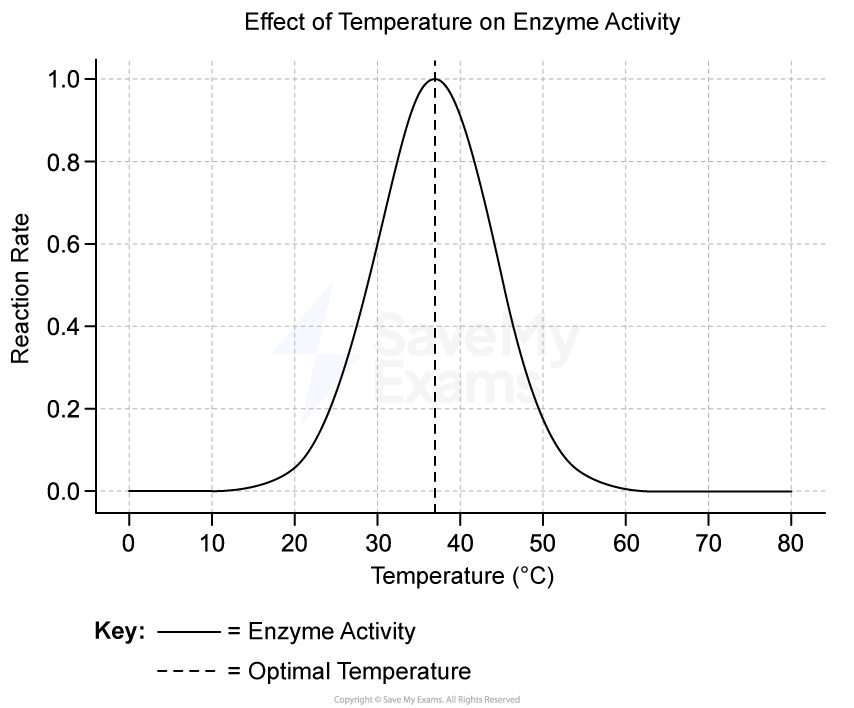A biochemist is studying an enzyme that catalyzes the breakdown of a toxic compound in liver cells. She observes that the enzyme remains unchanged at the end of the reaction.
Which of the following best describes the role of an enzyme?
Enzymes increase the activation energy of a single reaction.
Enzymes permanently bind to substrates to facilitate reactions.
Ribosomes synthesize enzymes to replace those used during chemical reactions.
Enzymes lower the activation energy and remain unchanged for future reactions.
Did this page help you?





